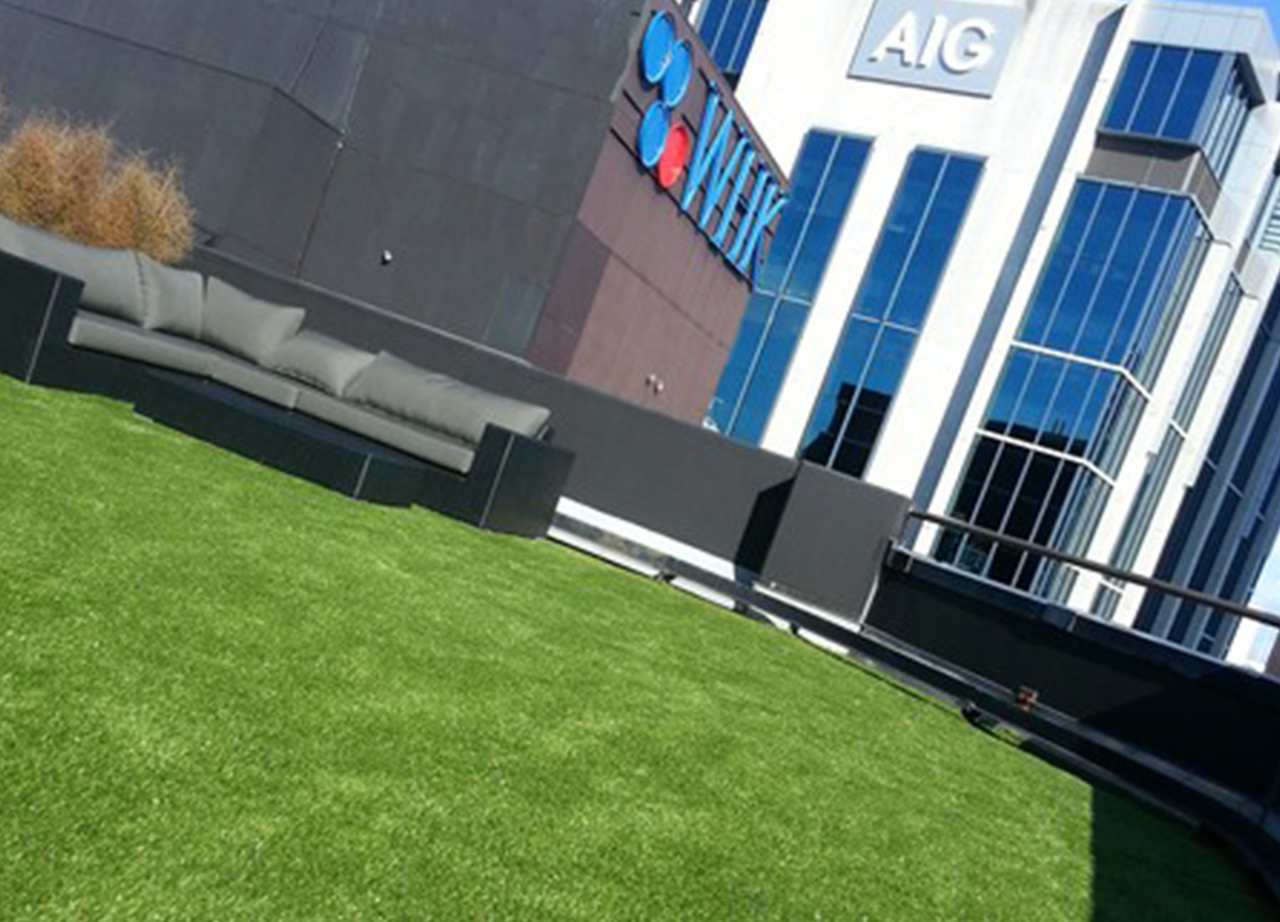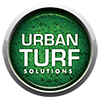Introduction to Creating an Artificial Lawn
Creating an artificial lawn can be a great solution for those who want the look and feel of a natural lawn without the maintenance and upkeep that comes with it. Artificial grass has come a long way in recent years, with new technology and materials making it more realistic and durable than ever before. Whether you want a lush, green lawn for your home or business, or you’re looking for a low-maintenance alternative for a high-traffic area, artificial grass can be a practical and attractive option. In this guide, we will explore the process of creating an artificial lawn, from the initial planning stages to the final installation and maintenance.

Planning and Preparation
Before you begin the process of creating an artificial lawn, it is important to do some planning and preparation to ensure that the end result is exactly what you want. The following steps will help you get started:
Measure the Area: The first step in creating an artificial lawn is to measure the area where you want it to be installed. This will give you an accurate idea of the amount of artificial grass you will need and the overall cost of the project.
Choose the Type of Artificial Grass: There are several different types of artificial grass available, each with its own pros and cons. Some are better suited for high-traffic areas, while others are more realistic in appearance. Consider your needs and preferences when choosing the type of artificial grass you want to use.
Prepare the Ground: Before you can install the artificial grass, you will need to prepare the ground. This involves removing any existing vegetation, such as grass or weeds, and ensuring that the area is level and free of any debris. You may also need to install a weed barrier to prevent any new growth from coming up through the artificial grass.
Install a Base: Once the ground is prepared, you will need to install a base for the artificial grass to be laid on. This typically involves laying a layer of crushed rock or gravel, followed by a layer of sand. The base should be compacted and levelled to ensure a smooth surface for the artificial grass.
Installing Artificial Grass
Now that the planning and preparation stages are complete, it’s time to move on to the actual installation of the artificial grass. The following steps will guide you through the process:
Lay the Artificial Grass: Begin by laying the artificial grass over the prepared base. Be sure to cut the artificial grass to fit the area, leaving a small amount of extra material around the edges to ensure a secure fit. It’s important to be careful during this step, as the artificial grass can easily become wrinkled or misaligned.
Secure the Edges: Once the artificial grass is in place, it’s important to secure the edges to prevent any movement or shifting. This typically involves using landscape spikes or adhesive to hold the edges in place.
Add Infill: Infill is a layer of sand or rubber granules that is added to the artificial grass to provide additional stability and support. It is typically brushed into the artificial grass using a special tool. The amount of infill needed will depend on the type of artificial grass you are using and the intended use of the area.
Brush the Grass: Once the infill is in place, you will need to brush the artificial grass to help it stand up and look more natural. This can be done using a stiff-bristled brush or a power broom.
Trim and Shape: Finally, you will need to trim and shape the artificial grass to give it a finished look.
Common Misconceptions about Artificial Grass
Artificial grass has gained popularity in recent years as a low-maintenance alternative to natural grass. However, there are still some common misconceptions about artificial grass that can deter homeowners from considering it as an option for their landscaping needs. In this section, we will address some of the most common misconceptions about artificial grass and provide the facts to help you make an informed decision.
Artificial grass is harmful to the environment.
One of the most common misconceptions about artificial grass is that it is harmful to the environment. While it is true that artificial grass is made from synthetic materials, it is important to note that there are many eco-friendly options available. Some artificial grass products are made from recycled materials, while others are designed to be water-efficient, reducing the amount of water needed for maintenance. Additionally, by eliminating the need for fertilisers and pesticides, artificial grass can actually be more environmentally friendly than natural grass.
Artificial grass is hot and uncomfortable to walk on.
Another common misconception about artificial grass is that it gets too hot in the sun, making it uncomfortable to walk on. While it is true that artificial grass can absorb heat, it is important to note that newer products on the market are designed to be cooler to the touch. Additionally, many artificial grass products come with padding or infill options to provide a more comfortable surface for walking and playing.
Artificial grass is not suitable for pets.
Many pet owners are hesitant to choose artificial grass because they believe it is not suitable for their furry friends. However, there are many artificial grass products on the market that are specifically designed for pet use. These products are designed with drainage systems to prevent pet waste from accumulating and are also resistant to odors and stains.
Artificial grass is expensive.
While it is true that artificial grass can be more expensive than natural grass, it is important to consider the long-term costs and benefits. With artificial grass, there is no need for mowing, fertilising, or watering, which can add up to significant savings over time. Additionally, artificial grass is more durable and long-lasting than natural grass, making it a worthwhile investment.
Artificial grass is difficult to install.
Installing artificial grass may seem like a daunting task, but it is actually a fairly straightforward process. Many homeowners choose to install the grass themselves, while others opt to hire a professional for the job. Either way, the installation process typically involves removing the existing grass and soil, laying a base layer of gravel or sand, and then installing the artificial grass on top. With proper preparation and installation, artificial grass can provide a beautiful and low-maintenance landscape for years to come.
Maintaining Your Artificial Grass
Once you have installed your new artificial grass, it is important to establish a maintenance routine to keep it looking its best. While artificial grass requires less maintenance than natural grass, there are still some key tasks that need to be performed to ensure that your lawn stays in good condition. In this section, we will cover some tips for maintaining your artificial grass.
Brush the grass regularly.
Brushing your artificial grass on a regular basis can help keep the blades standing upright and prevent matting. Use a soft-bristled brush and work in the opposite direction of the blades to fluff them up. This will also help to redistribute infill materials and prevent uneven wear.
Remove debris.
Leaves, twigs, and other debris can accumulate on your artificial grass over time, which can affect its appearance and drainage. Use a leaf blower or a stiff broom to remove any debris from the surface of the grass. If you have pets, be sure to remove any solid waste as soon as possible to prevent odours and staining.
Rinse the surface of the grass.
After removing the debris, rinse the surface of the artificial grass with water to get rid of any remaining dirt or dust. You can use a hose or a pressure washer, but be sure to use low pressure to avoid damaging the grass.
Remove stains.
If your artificial grass has any stains, it’s important to address them as soon as possible to prevent them from becoming permanent. For most stains, a mixture of warm water and mild detergent should be enough to get the job done. For tougher stains, such as grease or oil, you may need to use a specialized cleaner.
Brush the grass.
Regular brushing is an important part of maintaining artificial grass, as it helps to keep the blades standing upright and distribute infill evenly. Use a stiff brush to brush the grass in different directions, being careful not to apply too much pressure. You can do this as often as once a week to keep your artificial grass looking its best.
Protect high-traffic areas.
If you have areas of your artificial grass that are more prone to wear and tear, such as the entrance to your garden or a frequently used pathway, consider adding stepping stones or a walkway to protect the grass. This will not only help to maintain the appearance of your grass, but also prolong its lifespan.
Hire a professional for deep cleaning.
While regular maintenance is important, it’s also a good idea to have your artificial grass professionally cleaned every so often to remove any deep-seated dirt or debris. A professional can also assess the condition of your grass and make any necessary repairs to keep it looking and performing its best.
